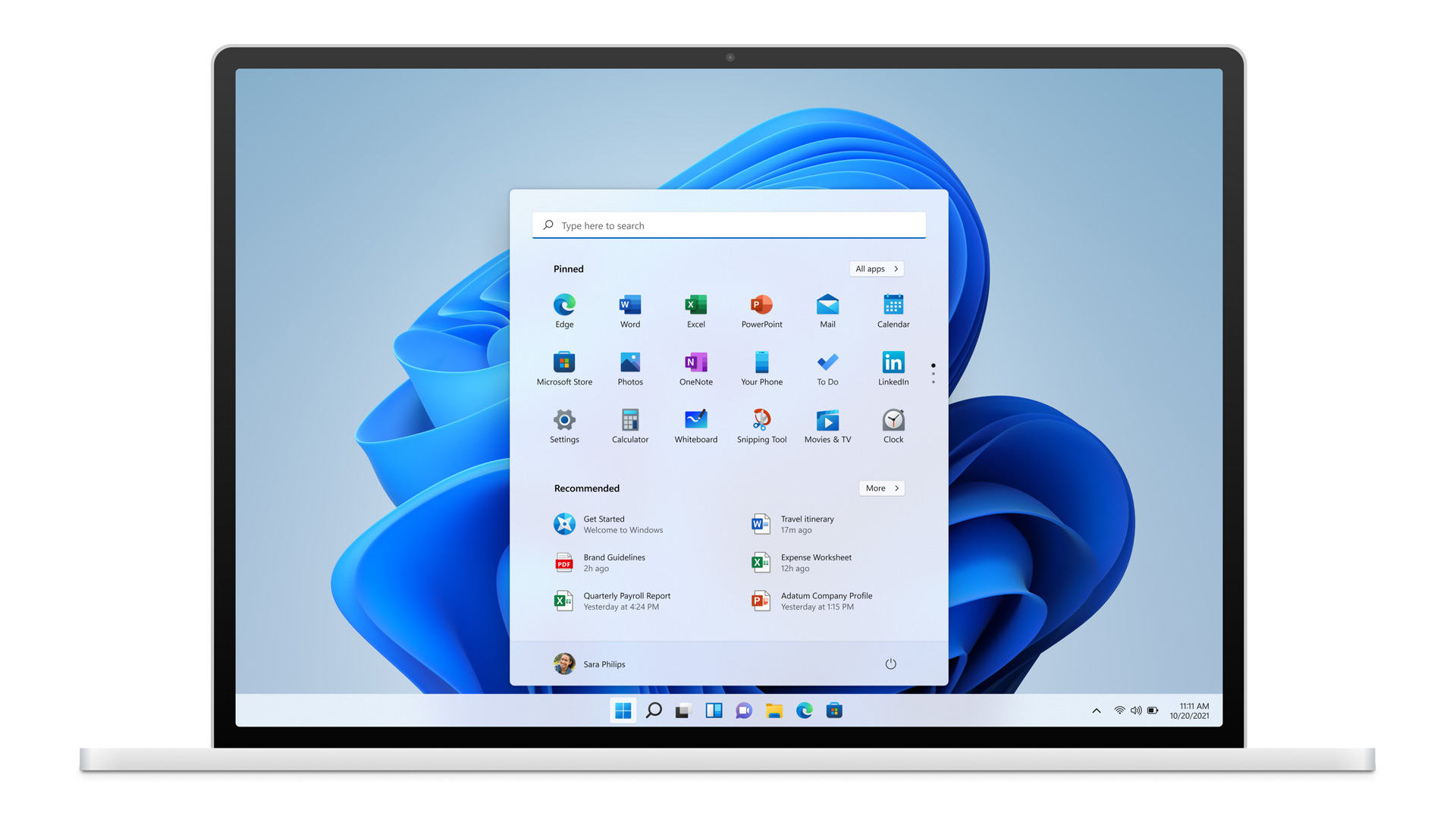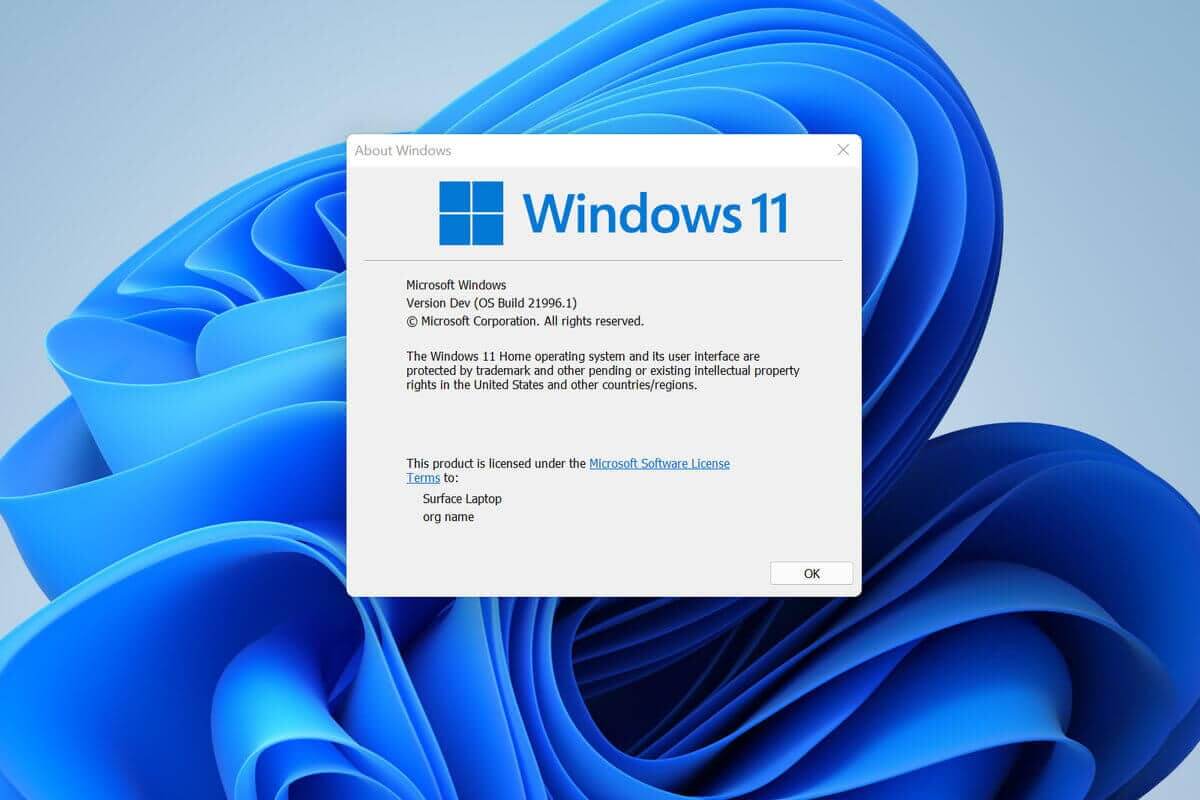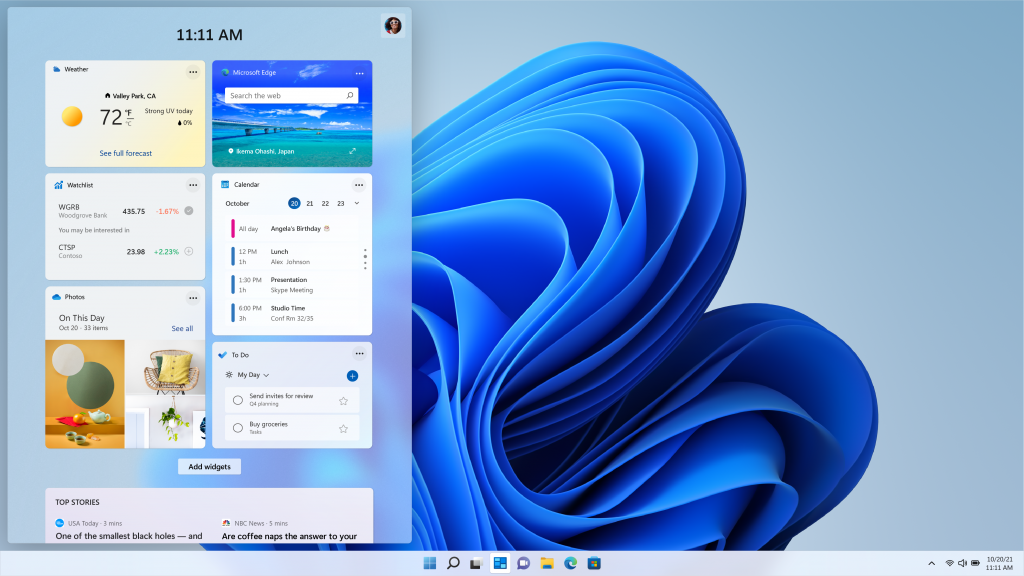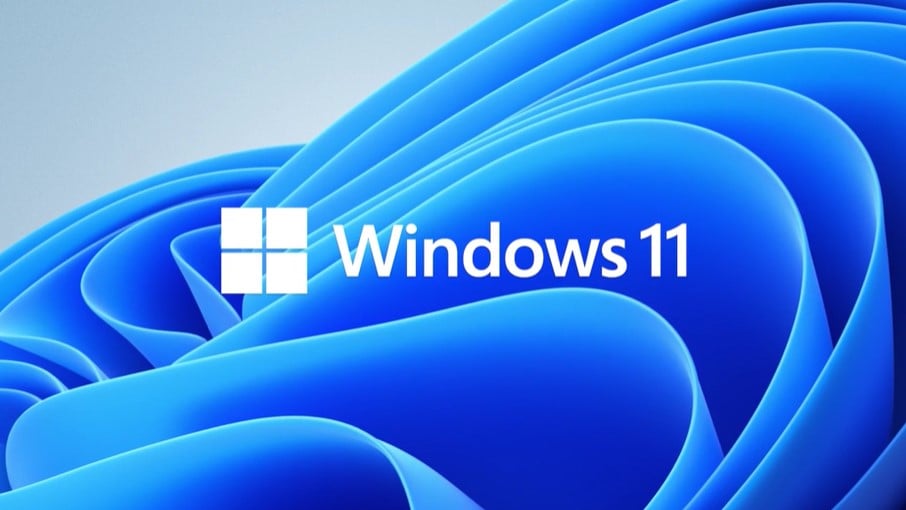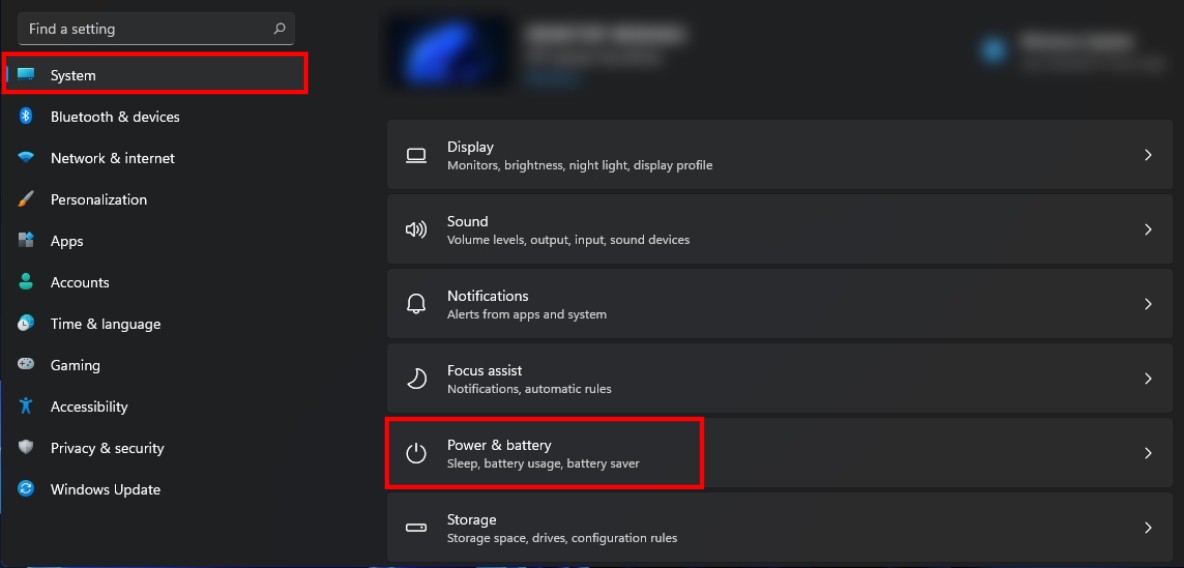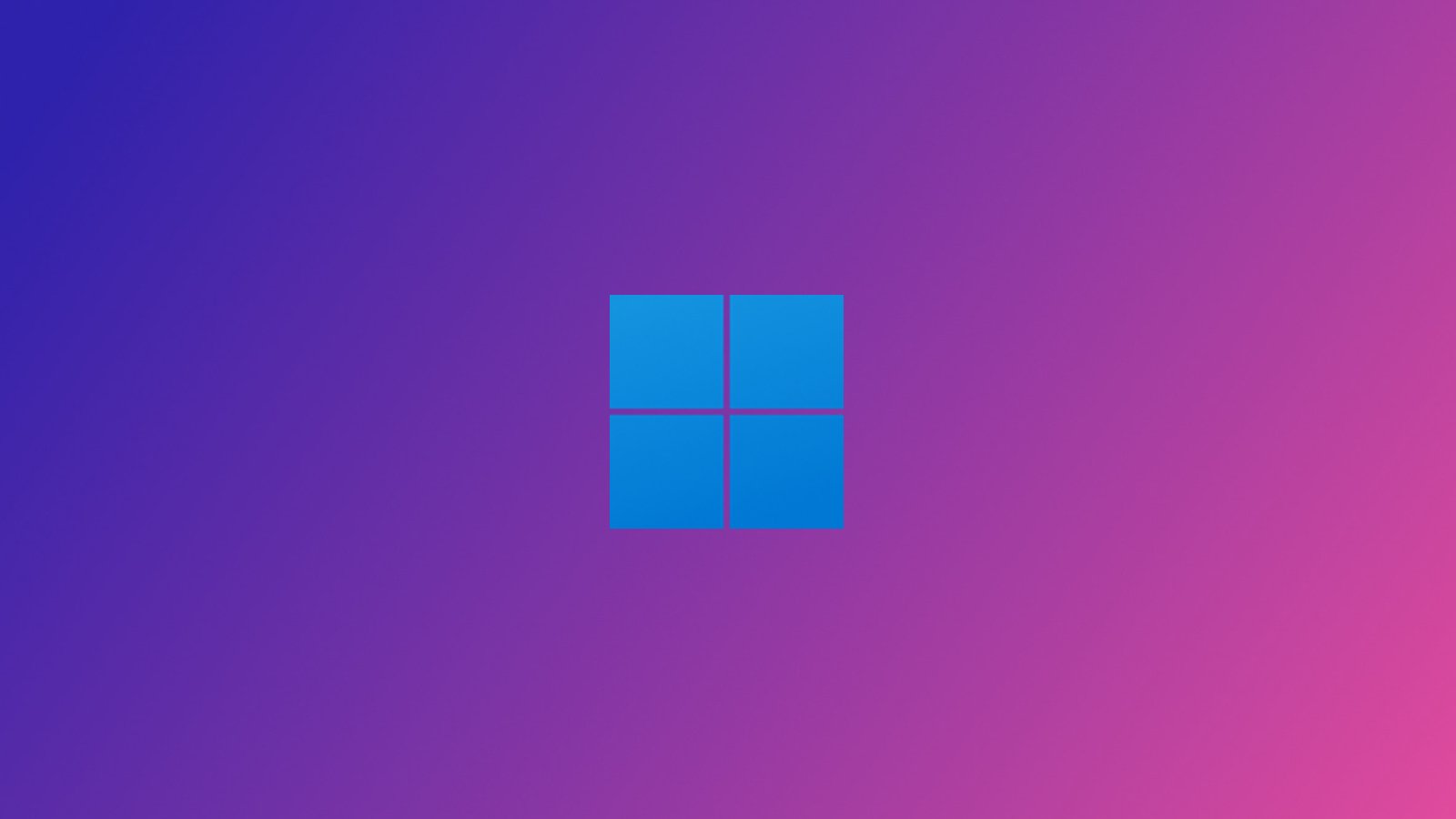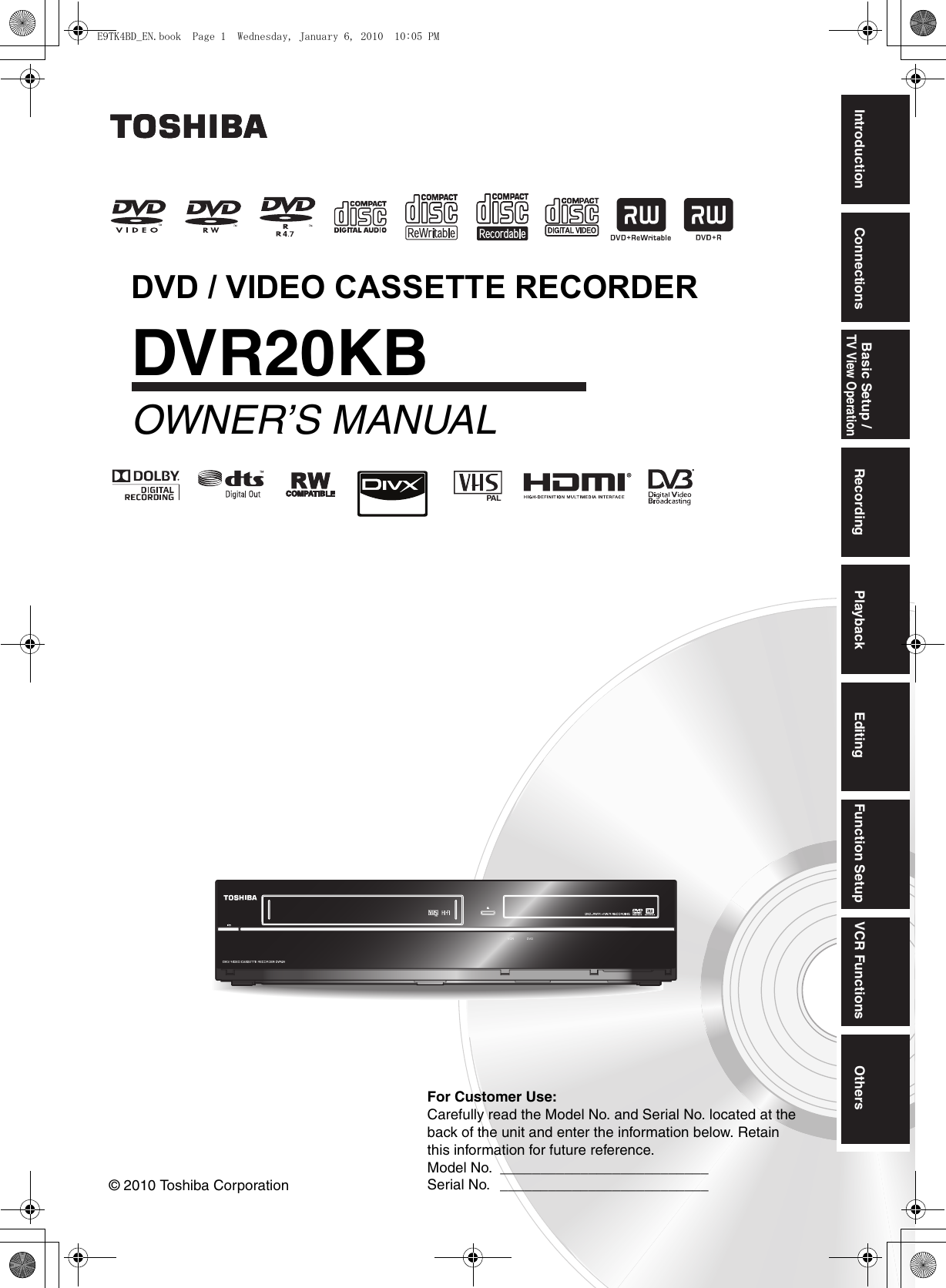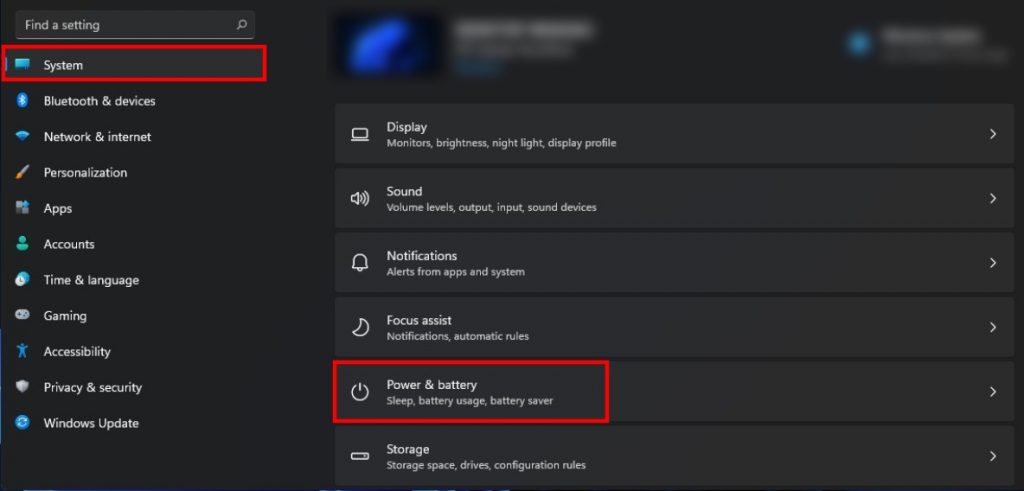TPM, Secure Boot and CPU requirements check and installing Windows 11 on unsupported hardware devices. The script will modify the Registry to ignore the requirements for things like TPM 2.0, Secure Boot, processor type, and minimum hard drive space. Start the Windows 11 update software, click "Change how setup downloads updates" and select "not right now", or disconnect from the Internet before pressing "Next". The reason is that there's now a new version of the updater that disables the "back" button on the "Unsupported Hardware" screen. Click "Next", after some checking, a screen "This PC doesn't currently meet Windows 11 system requirements" appears. According to Microsoft, "Your device might malfunction due to these compatibility or other issues.
This is another working way to disable all kind of hardware requirements check by Windows 11 setup and install the operating system on unsupported devices which are missing required chip and features. This PC doesn't meet the minimum system requirements for running Windows 11 - these requirements help ensure a more reliable and higher quality experience. Installing Windows 11 on this PC is not recommended and may result in compatibility issues.
If you proceed with installing Windows 11, your PC will no longer be supported and won't be entitled to receive updates. Damages to your PC due to lack of compatibility aren't covered under the manufacturer warranty. Officially, you need to meet minimum CPU and TPM requirements to have flawless upgrade.
Even if you bypass these limitations, Windows 11 setup still warns you about potential performance issues and limited security updates in future. However, that doesn't stop you from upgrading your PC. But you need to be running at least Windows 10 version 2004. You'll have plenty of time to decide how to proceed if your Windows 10 device doesn't support the regular install path to Windows 11. You'll want to read about Microsoft's new minimum requirements updates to understand everything.
The blog explains exactly why the hardware requirements are in place. First of all, more Intel chips support Windows 11 than before. Also, the PC Health Check app will explain exactly why your PC doesn't support the Windows 11 upgrade.
However, the blog doesn't address Windows 11 ISO installs at this time. Once you have more information, follow our guide to installing Windows 11 on an unsupported PC for concrete steps you can take to resolve your issues. For example, on some PCs, you may simply need to enable TPM 2.0 or Secure Boot in the UEFI firmware .
If the problem is that your PC has an older CPU or it only has TPM 1.2, there's a registry hack that will let you bypass the hardware requirements and install Windows 11 anyway. However, you will need to accept the terms to acknowledge that it's not supported to run Windows 11 on devices that do not meet the minimum requirements. Once you complete the steps, you can run the official Media Creation Tool or mount an ISO file to begin the installation of Windows 11 on unsupported hardware. If the script seems not to be working, restart the computer and run it a few more times. The tool has been available for a while as an alternative to the official Media Creation Tool to download the ISO file from the Microsoft servers for virtually any version of Windows 10 and Windows 11.
You can even proceed with the setup on a device using the legacy BIOS (basic input/output system) firmware instead of UEFI . A 3rd party software "Rufus" allows users to create Windows 11 bootable USB and disable all hardware requirements check which are performed by Windows 11 setup at installation time. The Windows 11 hardware requirements saga continues with a few significant developments. Microsoft did a better job of explaining why some older PCs can't run the latest Windows version.
One of the options available to Windows 10 users who do not qualify for the Windows 11 upgrade is… to install Windows 11. Microsoft appears to have caved to pressure from users who aren't thrilled about the prospect of having to upgrade their hardware to get Windows 11. The company will officially let anyone install Windows 11 on their PCs, even if the device doesn't pass the PC Health Check app test. But there are some important caveats to consider. According to Microsoft, some processorsaren't supported by Windows 11. However, if you haven't, we recommend you download Microsoft's PC Health Check app and run a compatibility check to find out if your device has the minimum system requirements required to run Windows 11.
Windows 11 Update Bypass Cpu Check In the case of an unsupported CPU, the app would throw an error message, as shown in the image below. If you really can't do the above or just want to take the new OS for a test drive, however, this is how you install Windows 11 on unsupported hardware. Or workaround to easily bypass Windows 11 hardware requirements check during setup and forcefully install Windows 11 on incompatible devices which actually don't meet minimum system requirements for Windows 11. If you're experiencing issues after upgrading to Windows 11 and your device does not meet the minimum system requirements, we recommend you go back to Windows 10. This option is only available for 10 days following your upgrade, after which time the files needed to perform this function will be removed to free up disk space on your device.
If you did all this correctly and you meet the other Windows 11 hardware requirements, the Windows 11 Installation Assistant should now skip the TPM 2.0 check when you run the upgrade. You'll be given a choice to perform a Full Upgrade, Keep Data Only, or Clean Install. A Full Upgrade keeps apps, settings and files; Keep Data Only keeps personal files as well as drivers.
A Clean Install nukes the Windows 10 install entirely and replaces it with Windows 11. If you do change the registry values, be careful to type the values correctly, otherwise you risk corrupting the OS. Once the registry key values are changed, you can begin manually installing the operating system using the Windows 11 media creation tool, which can create the installation files on a USB drive.
After a heavy buzz of rounded-corners design and android apps support following its announcement in August, Windows 11 finally arrived earlier this month on October 5. The arrival certainly means big for Microsoft Windows fans as they are getting to try their hands on the brand-new operating system. But not everyone is happy with the arrival of the latest update, thanks to a big if that came with the promise of a free upgrade to Windows 11. I think the statement Microsoft made was that they "may" block updates on unsupported hardware.
So it might work now, but stop working in the future. Or you might not be able to update to the later builds of Windows 11 when they come out. As we release to Windows Insiders and partner with our OEMs, we will test to identify devices running on Intel 7th generation and AMD Zen 1 that may meet our principles. We're committed to sharing updates with you on the results of our testing over time, as well as sharing additional technical blogs. With Windows 11, we are focused on increasing security, improving reliability, and ensuring compatibility. But you should note that installing Windows 11 on unsupported hardware can have a bad influence on the system performance.
Some system issues like a blank screen, green screen, etc. If you still want to install Windows 11 for your unsupported computer, follow these ways below to bypass Windows 11 system requirements. In this method, I will show you how easily you can bypass all Windows 11 installation requirements like TPM, Secure Boot, and also the minimum 8 GB RAM requirement. Just you have to follow the given steps where I have used the Rufus tool to create a custom installation media without all these requirements checks.
Ironically, the company itself posted official guidance on its website detailing how to circumvent the TPM 2.0 requirement. The process involves taking your Windows 10 machine and changing the registry key values in the OS to ignore the check for TPM 2.0. However, the bypass only applies to PCs that have at least TPM 1.2, which has to be enabled. This can usually be done by going into the machine's BIOS settings on startup. Devices that do not meet the minimum system requirements will remain on Windows 10 and continue to be supported with security updates. Customers using long term service releases will continue to be supported through the published end of support dates.
For more information about Windows 10 support, see HP products tested with Windows 10. Now it is time to install Windows 11 on unsupported CPU by applying registrick hacks. This will bypass hardware check during Windows 11 installation after importing registry file we downloaded earlier.
Once done, follow the steps below to install Windows 11 on your PC running an unsupported CPU. For this guide, we'll be using a Windows 11 ISO and installing it on the system via the setup wizard—without needing to reformat it or use an installer USB drive. One of the biggest controversies with Windows 11 is the minimum hardware requirements. Officially, Windows 11 only installs on PCs that have a TPM 2.0 chip, an Intel 8th gen or Ryzen 2000 series or newer processor.
Turns out, though, that you can, in fact, install Windows 11 on any hardware, but with the caveat of not getting security updates. So, did Microsoft back off the hardware requirements for Windows 11? The combination of these features has been shown to reduce malware by 60% on tested devices. To meet the principle, all Windows 11 supported CPUs have an embedded TPM, support secure boot, and support VBS and specific VBS capabilities. The following methods need a Windows 11 ISO file to work. If you haven't tried installing Windows 11 yet or have created a bootable drive using the Windows 11 media creation tool instead of using the ISO, you need to download Windows 11 ISO to follow the below methods.
There is another way to disable Windows 11 hardware requirements check and create a bootable USB drive from Windows 11 ISO file. You can use the bootable USB drive to clean install Windows 11 in your system. The app will also link to info that details steps you can take to make your device meet the minimum system requirements.
Next, open Windows 11 installation media and run setup.exe from there. Click Next and you will see a warning about your PC not meeting minimum requirements. But you can click Accept button to bypass TPM 2.0 and CPU requirements for Windows 11 upgrade. With Windows 11's strict minimum requirements, it has become quite difficult to get Windows 11 upgrade on older PCs. Your PC need to have TPM 2.0 and supported x64 CPU in order to install Windows 11.
And you get "This PC can't run Windows 11" error if you try upgrade an unsupported PC. However, Microsoft now officially allows you to bypass TPM 2.0 and CPU requirements for installing Windows 11 on unsupported PCs. Microsoft recommends only installing Windows 11 after its PC Health Check check gives your system a pass, and that requires it to support TPM 2.0 and a strict list of compatible processors.
Tread with caution, especially since we recommend most people skip Windows 11 for now anyway. There's a simple Registry change you can perform to make Windows 11 work on older unsupported hardware. It's important to note that Microsoft may hold back cumulative updates for your machine if you bypass TPM and UEFI Secure Boot requirements, however.
Two issues might prevent a seamless upgrade, one of which can be easily fixed. If your PC doesn't have TPM 2.0 enabled in BIOS, it'll fail the upgrade check. Secondly, Microsoft might not support your PC's processor.
In this case, you won't be allowed to upgrade from Windows 10 to Windows 11. Microsoft published a new blog post explaining the Windows 11 hardware requirements again. If you start the Windows 11 installation with a USB bootable media and setup fails, then one or more files may be missing or damaged. The quick fix would be creating a new USB flash drive. Follow stage 1 of that guide to create a bootable Windows 11 USB stick .
If you want the official upgrade via Windows Update, you'll still need to have an 8th gen or newer Intel CPU, or a Zen 2 or newer AMD CPU, UEFI secure boot, and TPM 2.0. You will also need at least 4GB of RAM and 64GB of storage. Microsoft has a couple of apps to help with the compatibility and installation in case you're unable to get the update via Windows Update. From what we have learnt, it is fully possible to install Windows 11 on unsupported CPU, you can give it a spin now.
However, this machine won't receive Windows 11 update and it might run into issues on unsupported hardware. Also, remember to keep the bootable USB handy, just in case you need to install Windows 11 on another computer in future. This makes it clear that it is, in fact, possible to run Windows 11 on any hardware. Yet, a second support page also explains what might happen if you do so.
It explains that it is not recommended, and the device might malfunction. Microsoft also makes it clear that "devices that do not meet these system requirements will no longer be guaranteed to receive updates," So there it is. Logically, this environment needs the tools for such repairs, including a Registry Editor and a Command Prompt. It also has its own Windows Registry, which tells it how to go about installing Windows.
With this Registry mod, you're making the installer overlook multiple system requirements, meeting, including "TPM Check," which checks for a TPM 2.0 compliant module , whether Secure Boot are met. Exactly how this will play out is not clear, but some users have reported receiving updates on unsupported installations. Rather than intending to punish users with older hardware, it is more likely that Microsoft is covering itself against the possibility that some updates will not work. It would be a mistake to bypass the requirements on production systems that work well with Windows 10, or on hardware that is still under warranty.
The Windows setup has an "appraiser" service that checks to see if your computer meets the minimum hardware requirements for that version. It's possible to replace the file in the Windows 11 setup with one from an older build of Windows 10. What if your system is old and does not meet Windows 11 requirement? Well, you can still upgrade using non-standard methods which Microsoft does not recommend.
